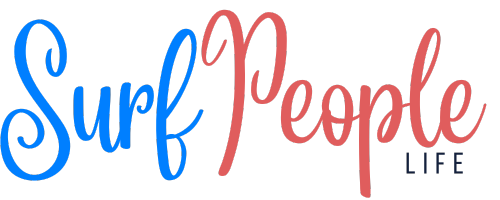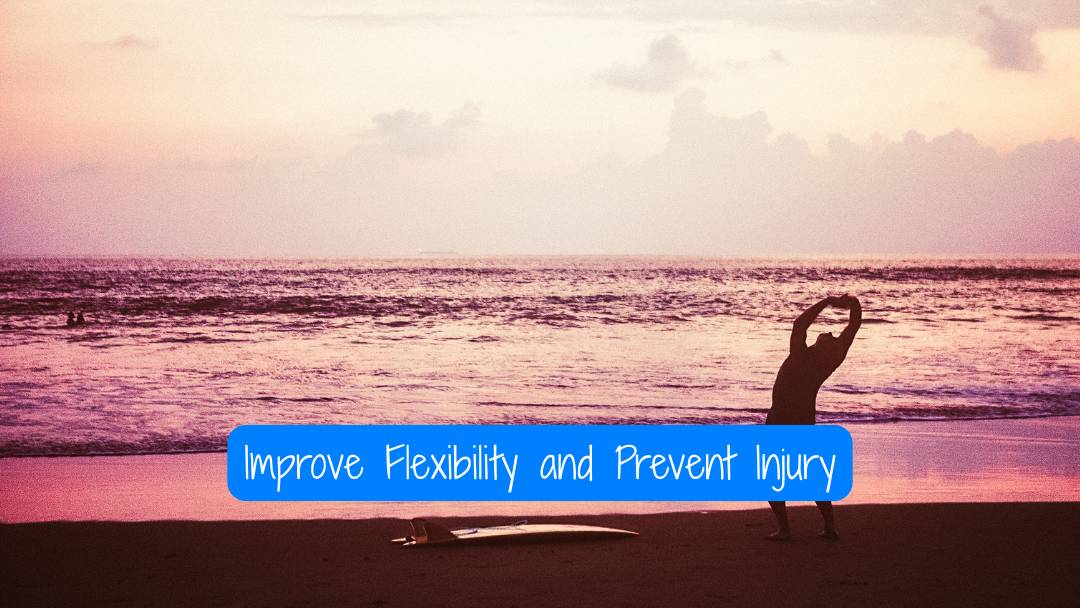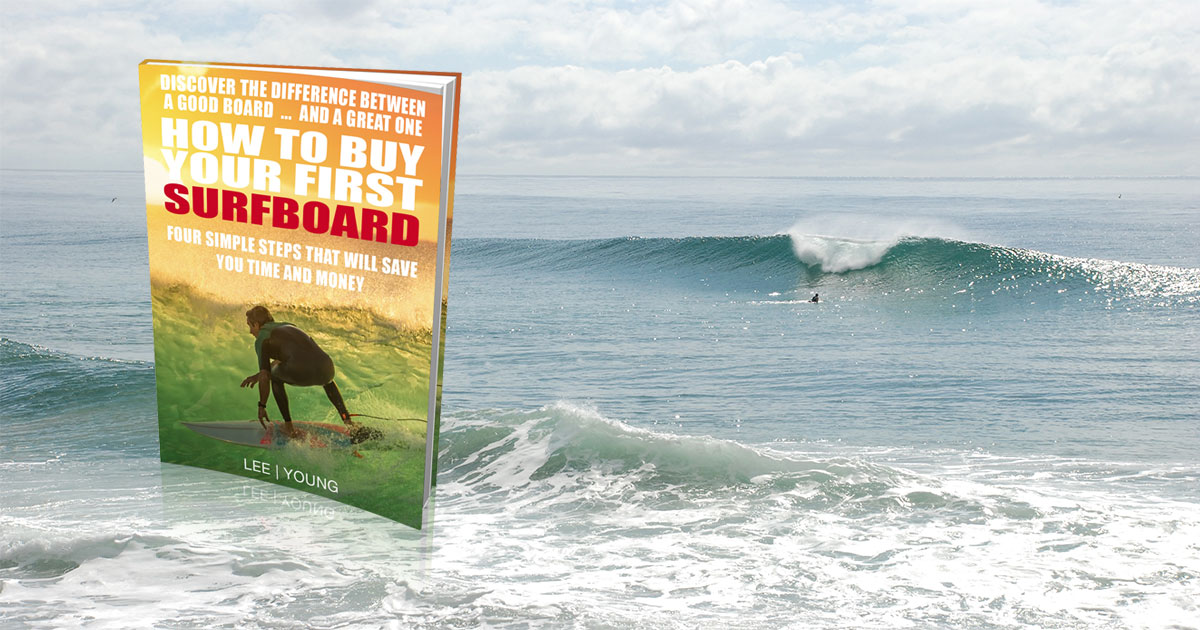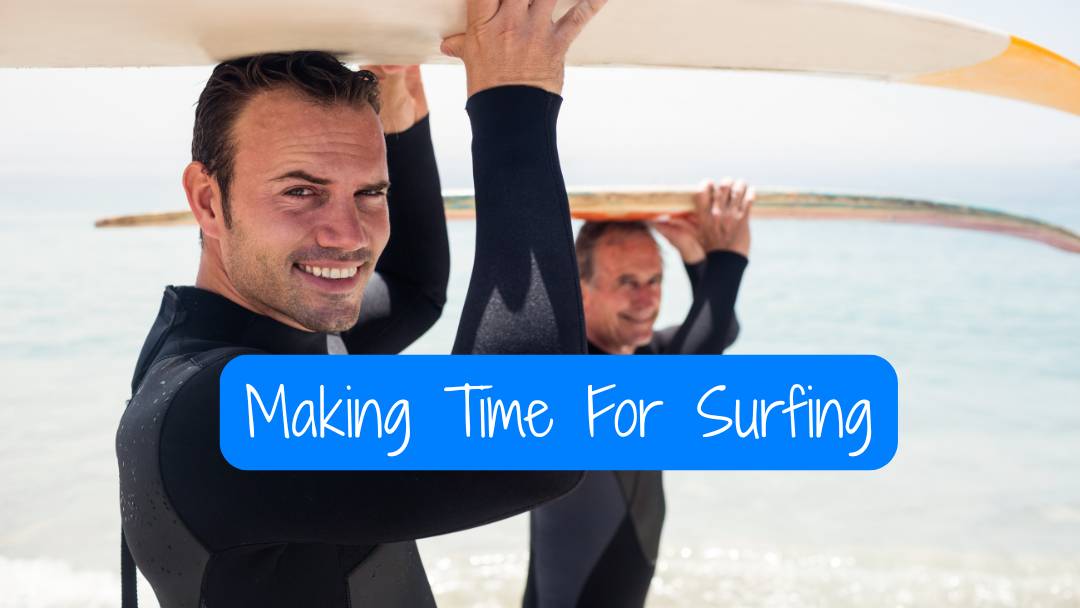Stretching before and after surfing helps prevent injuries and keeps your body feeling good in the water and on the sand. I’ve found that a simple stretching routine can make each surf session smoother, whether you’re keen for a quick early morning paddle or a long afternoon in the waves. Focusing on the right stretches has helped me boost mobility and recover faster.
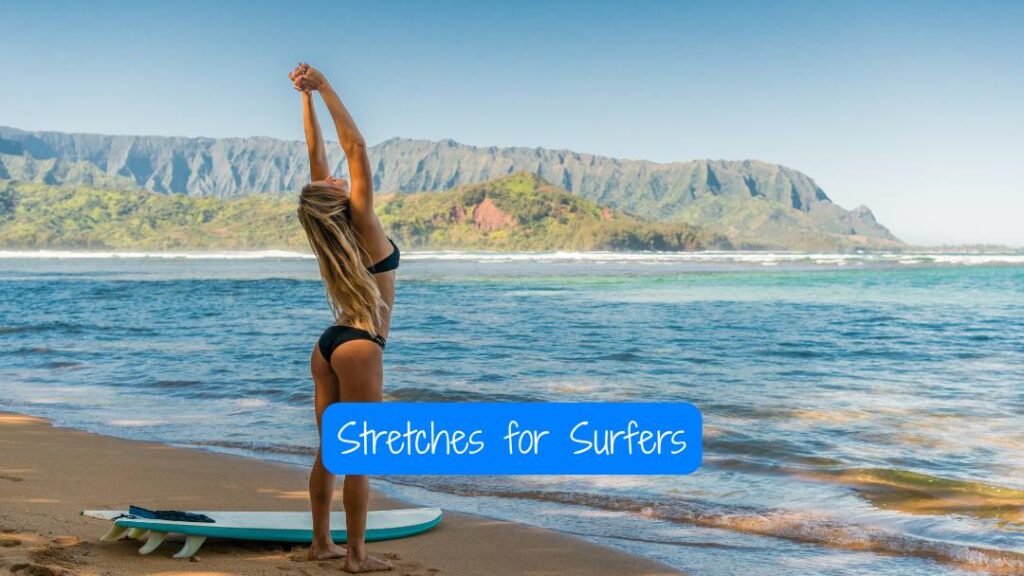
I want to share a set of easy stretches that target the main muscle groups used in surfing. These are straightforward enough to do on the beach or at home, with no equipment needed. If you want to make the most of your time in the surf and reduce post-session stiffness, this practical routine can help.
Essential Pre-Surfing Stretches
Warming up with targeted stretches helps reduce the risk of injury, increases mobility, and prepares my body for paddling and balance. I always focus on muscle groups that are most engaged during surfing, such as the legs, shoulders, back, and core.
Dynamic Warm-Up Movements
Dynamic movements prime my muscles for activity and get my blood circulating before I hit the water. I start with 2–3 minutes of light jogging or skipping to elevate my heart rate and loosen my joints.
I include leg swings, moving each leg forward and backwards, then side to side for about 10 repetitions each. This helps open up my hips and increase mobility. Next, arm circles—large movements forward and backwards for 30 seconds each direction—loosen my shoulders and upper back.
I also practice torso twists: standing tall, I rotate my upper body left and right, letting my arms swing freely and gently. This helps prepare my spine and core for twisting movements needed when riding waves.
Lower Body Activation
Strong, flexible legs and hips are vital for balance and power when I pop up on the board. I use walking lunges—taking long steps, lowering my back knee toward the ground, then switching legs. I repeat for 10–12 reps per side.
Hip openers are next. I perform deep squat holds, keeping my feet shoulder-width apart, squatting as low as possible for 20–30 seconds, and gently pushing my knees out with my elbows. This movement increases mobility in my hips and ankles, which is essential for manoeuvring on the board.
I finish lower body activation with ankle circles. Standing on one leg, I slowly rotate my lifted ankle in both directions for 15 seconds each. This prepares my ankles for adjusting balance in shifting water.
Shoulder and Upper Back Mobility
Surfing requires strong and mobile shoulders for effective paddling. Before paddling out, I do shoulder pass-throughs with a resistance band or towel. With arms extended, I bring the band overhead and behind my back slowly, repeating for 8–10 reps. This opens up my chest and shoulder joints.
For upper back mobility, I use cat-cow stretches. On all fours, I alternate between arching my back upward and dipping it downward for 8–12 repetitions. This movement activates my spinal muscles and helps prevent stiffness in my back.
To further loosen my upper body, I do scapular push-ups. In a plank position, I gently press my chest down and then push away, focusing on shoulder blade movement, for 10 reps. This wakes up muscles crucial for paddling.
Core Preparation
A strong core is the foundation for stability and pop-up power. I start with plank holds, keeping my body in a straight line from head to heels for 30–45 seconds. This activates my abdominals, lower back and shoulders.
Next, I add bird-dogs: from all fours, I extend one arm and the opposite leg straight out, hold for two seconds, and switch sides for 8–10 reps per side. This builds balance and integrates my entire core.
I finish with standing side bends, reaching overhead and bending side to side, which stretches and activates the obliques that help me twist and stabilise on the board. Doing these movements prepares my core for quick, dynamic surfing actions.
Post-Surfing Recovery Routine
After a surf session, my body needs time to cool down and recover properly. I use a structured approach to address muscle fatigue, maintain flexibility, and relax both physically and mentally.
Full Body Cool-Down
I start with 5–10 minutes of light, low-impact movement to help gradually lower my heart rate and improve circulation. Walking along the beach or gentle jogging helps remove metabolic waste from muscles and prevents stiffness. I focus on keeping my pace slow and controlled.
A short, dynamic routine like arm swings, trunk rotations, and slow side lunges engages major muscle groups. I prioritise steady breathing and smooth motions. This transition from exertion to rest reduces the risk of cramping and makes the next steps more effective.
Targeted Muscle Relief
After cooling down, I concentrate on muscle groups that worked hardest during my surf—shoulders, lower back, and calves. Using a foam roller or massage ball, I apply steady pressure to each area for about 30 seconds, avoiding direct contact with joints or bones.
Key areas I target:
- Shoulders & upper back: Lying face-up and gently rolling a foam roller under my scapula.
- Lower back: Placing the foam roller under the lumbar region, rocking slowly.
- Calves: Rolling from the heel to the knee, pausing on any tender spots.
I adjust the intensity to avoid discomfort, always listening to my body signals.
Gentle Flexibility Stretches
Once my muscles are relaxed, I move into gentle static stretches. I hold each stretch for 20–30 seconds, focusing on hamstrings, hip flexors, quadriceps, and chest.
My go-to post-surf stretches:
- Standing hamstring stretch: Feet hip-width apart, bending forward with a straight back.
- Chest opener: Interlacing fingers behind my back, gently lifting arms.
- Seated twist: Sitting on the ground, rotating my torso while keeping my spine long.
- Quad stretch: Standing on one foot, drawing my heel towards my glutes.
I stretch each side evenly and avoid bouncing.
Breathing and Relaxation Techniques
To round off my routine, I practise mindful breathing exercises for about 3–5 minutes. I prefer the box breathing method—inhale for four counts, hold for four, exhale for four, and hold again for four.
I lie on my back with my eyes closed, focusing on letting my muscles relax with every slow breath. If I sense tension, I consciously release it on my exhale. This helps calm my nervous system and supports a quicker, more complete recovery.
